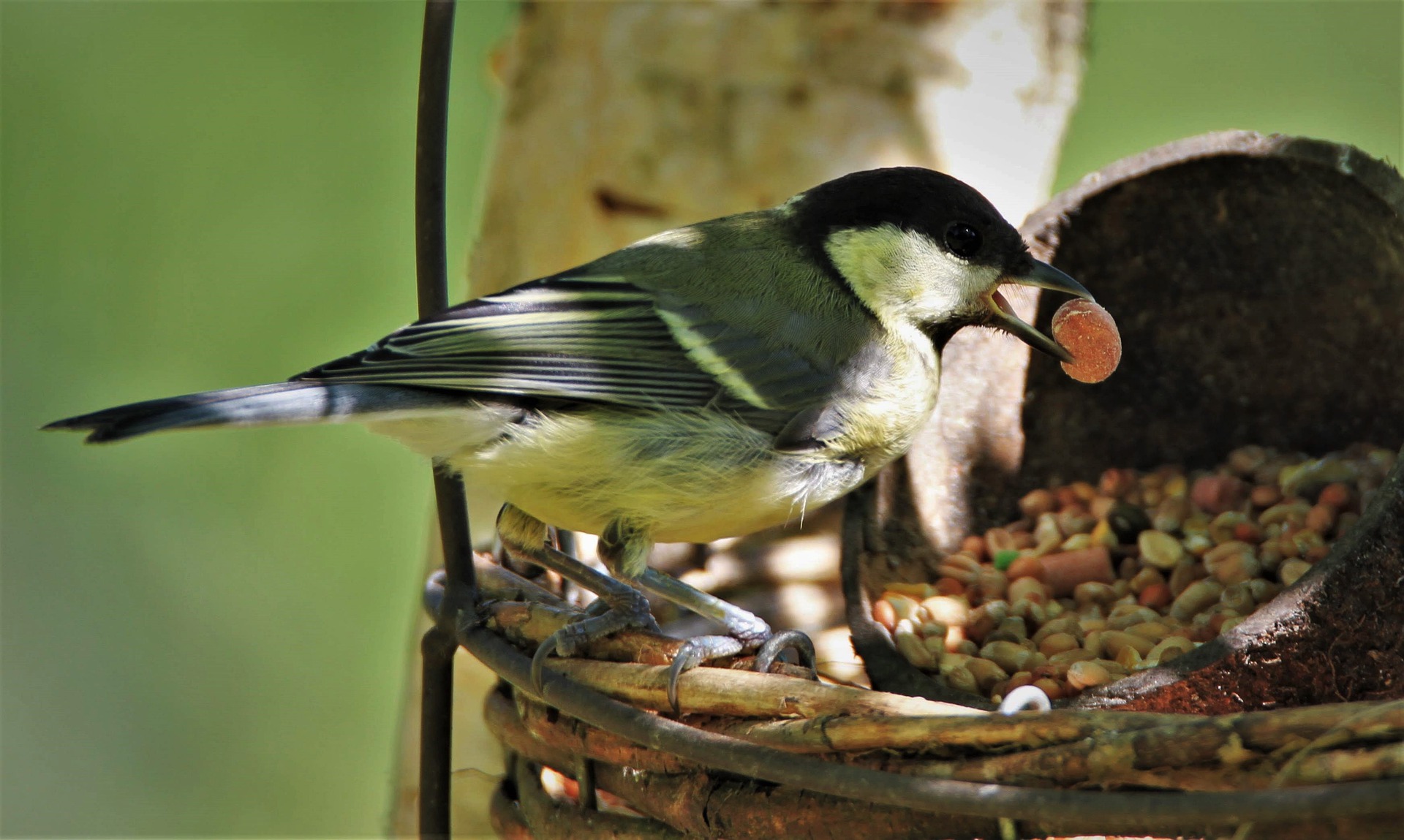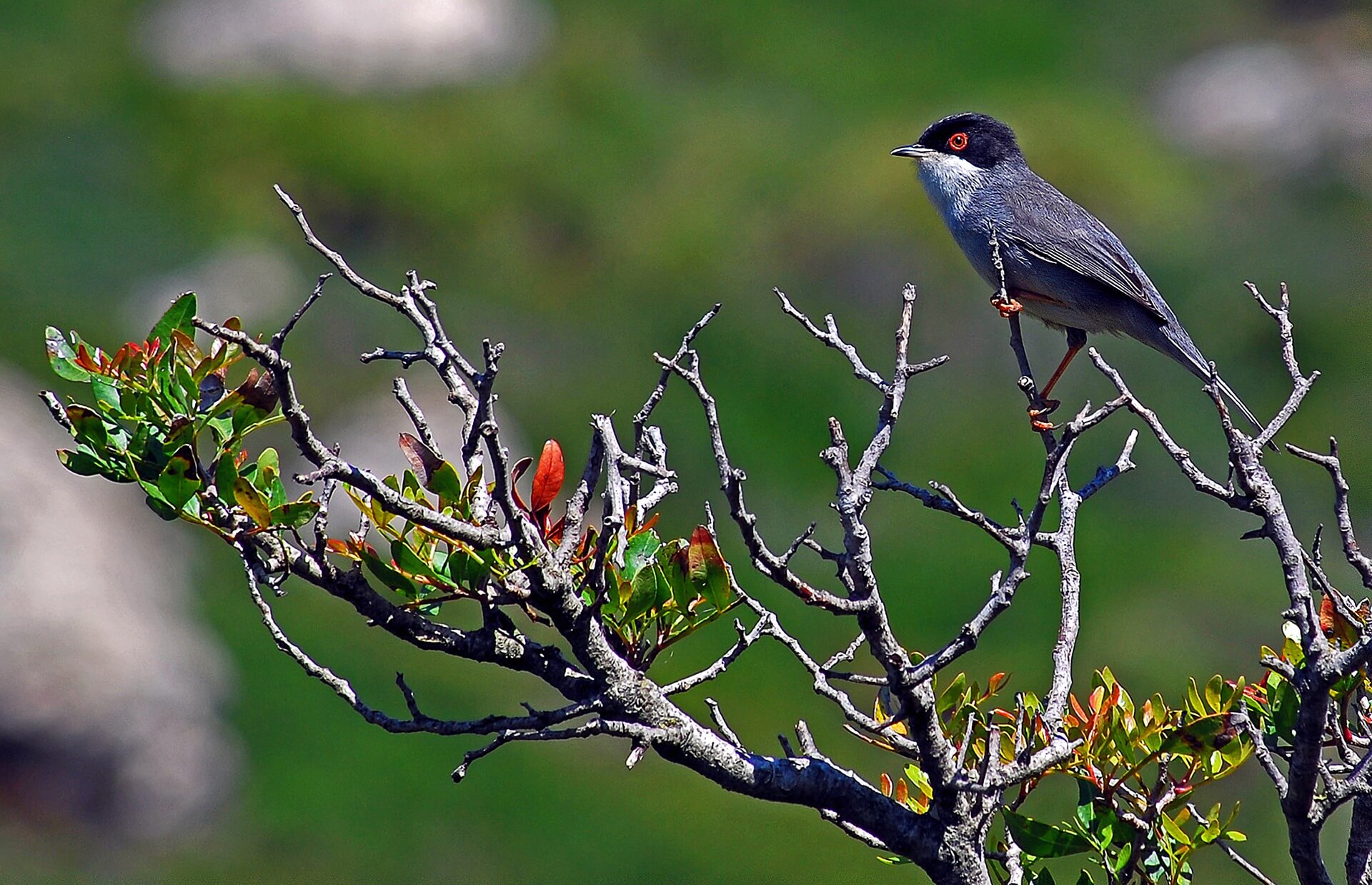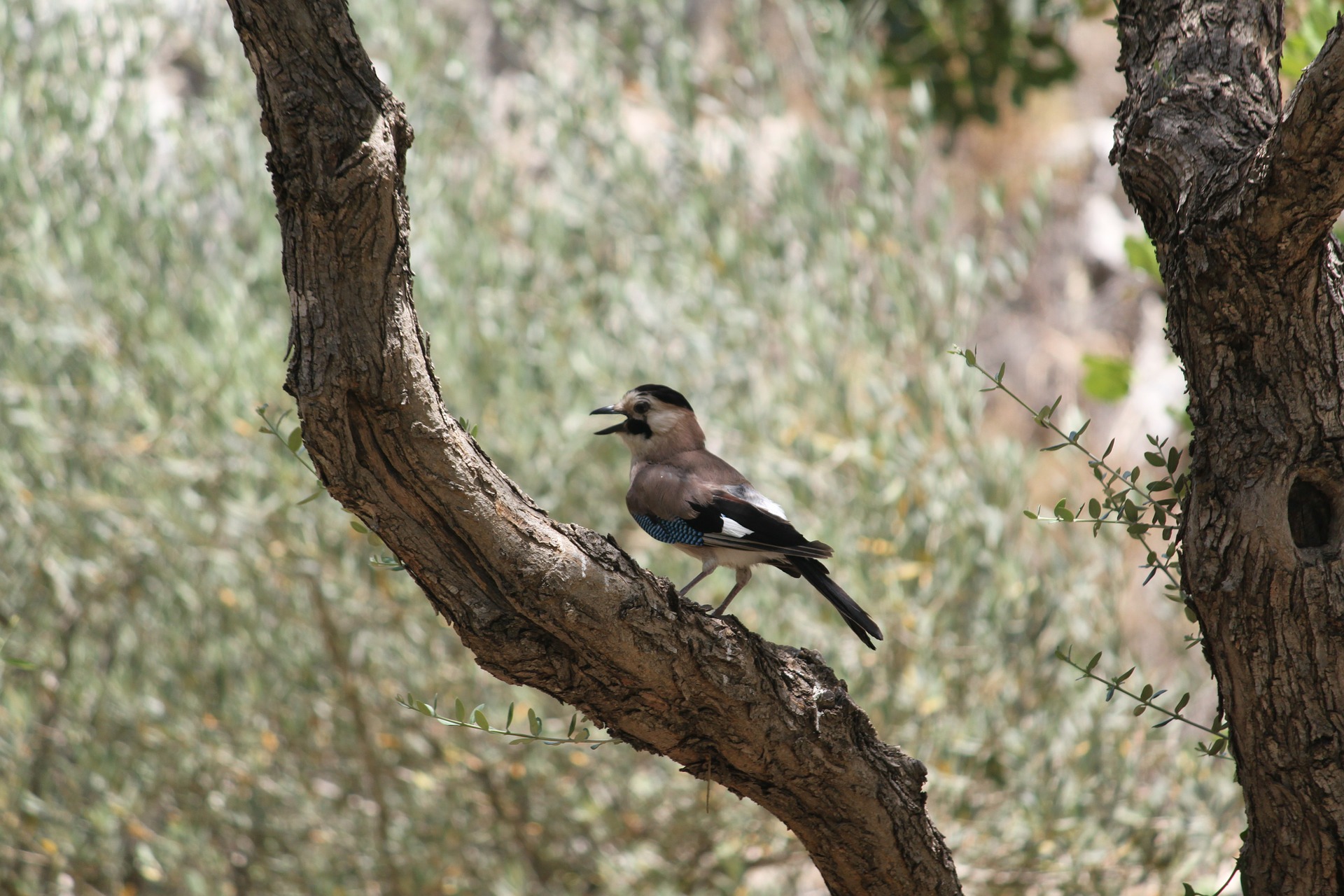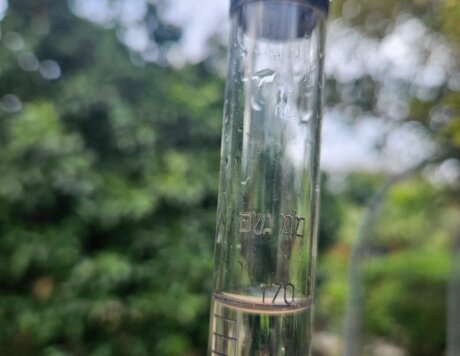a collaboration among the Department of Zoology at Tel Aviv University, Tel-Hai College and Ramat Hanadiv. He tells us that the birds’ breeding season can be identified according to their singing.
During the courting season, which precedes breeding, the birds’ singing becomes stronger, mainly during the morning, and during the breeding season it is very noticeable: some birds sing to their chicks when they are still inside the egg, so that they learn the songs when they hatch. Some warn others of their species about predators near the nest. The singing is heard mainly in the morning, because they all wake up and want to declare who is where. And when they mobbing and sing together, there is probably a predator nearby that needs to be deterred.
Most songbirds are currently busy building their nests. Did your hammock fall apart in the garden? One of the birds probably need its fibres… some of the










